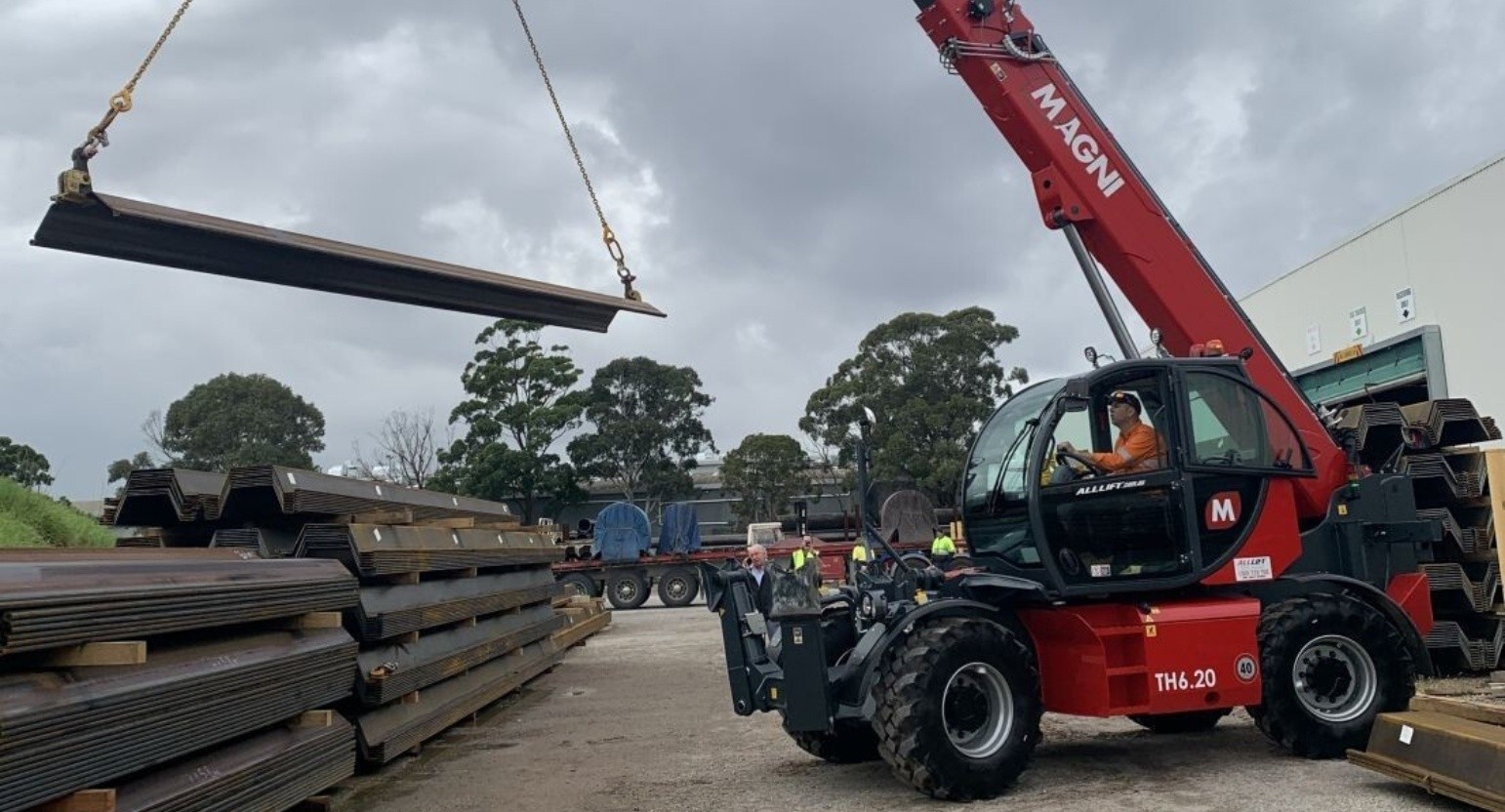How to choose the right Telehandler for hire
Not all telehandlers are made equal when it comes to fulfilling your needs and worksite requirements. What you need your telehandler for, the type of worksite or project you’re working on and the other factors that come into your decision making aren’t just important to making sure you get an effective telehandler, but also have a safe experience with it. When you’re looking to hire a telehandler, here are the main points of consideration to make the right choice for you.
What height am I working with?
Height capacity is a big one on the safety front. It’s not just about the height you need, but also the height your space can actually or legally work to. It will just be a burden to your time and money to get this spec wrong, so make sure you triple check your needs on this front before hiring a telehandler. Telehandlers can lift 2-4 tonnes to 12m to 18m high, on average. This is quite a lot of scope that can exist in one telehandler, so it’s more of a concern if you know your workspace has a lower or higher than average requirement.
We are happy to do some onsite checks with you to make sure.
What capacity do I need?
One of the riskiest moves you can make on a telehandler is using it beyond its weight capacity. It’s not only a risk of ruining the materials or load you’re carrying, but it also comes with a very serious risk to your life, and the lives of those around you. Each telehandler model will have its own capacity based on its functionality, size and weight, and will be clearly stated on the machine and manual.
What is the turning radius I require?
Before deciding on a telehandler to hire, check that it can safely move in your space and on your terrain! Carefully measure your space, and where you’ll need your telehandler to work to ensure that the maximum and minimum reach capacities are suitable. The reach includes the length the boom goes forward and horizontal. This isn’t just for the area you need the telehandler to do the bulk of the work, but also the transition points in and out of that area.
What is my budget?
While this wouldn’t necessarily dictate the type of telehandler you use (though it could dictate the brand), it’s more about maximising efficiency and arranging the lengths of hire time with your budget. Telehandlers are incredibly efficient and productive machines, and can have jobs done in a fraction of the time it would take to do manually. Sort out your entire project’s requirements and arrange the process to bundle telehandler work into the timeframes that match your budget.
Need a telehandler for hire? Call our friendly team today!
5. Boom Pivot Pin
Beyond the capabilities of the equipment, some of the significant design differences may matter to your operator. One of these differences is the position of the boom pivot pin. High-pin designs position the boom over the operator, requiring them to look under it when transporting loads. Low-pin styles are the opposite, where operators view over the boom. The positioning also determines how the equipment works best, as low-pin types are better for carrying loads closer to the ground while high-pin styles work better for lifting.





